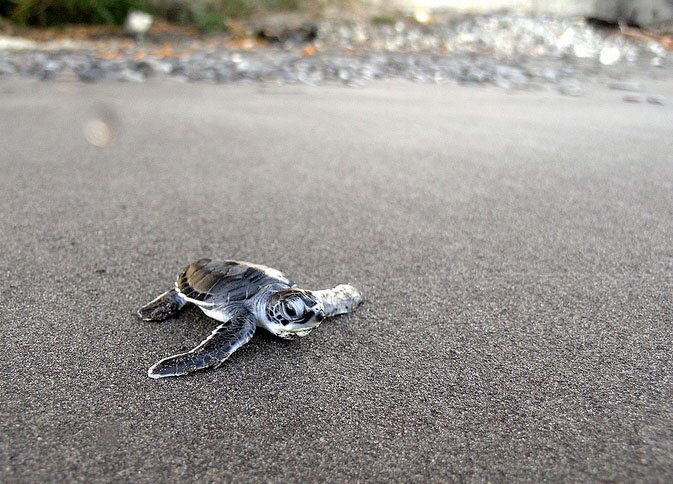
On the warm black sand beaches of the Caribbean island of Dominica, hundreds of tiny baby sea turtles emerge from their eggs and crawl to the sea. If you know when to go, you can witness this amazing natural phenomenon for yourself, and some hotels even have sea turtle conservation programs where you can help protect the adorable hatchlings (under the supervision of a trained scientist, of course). It's a spectacular experience all animal and nature lovers should have at least once in their lives.
All sea turtle species are threatened with extinction, often because of humans disturbing or destroying nesting beaches. Rosalie Bay Resort, where this photo was taken, has pioneered sea turtle conservation efforts in Dominica, and offers their guests opportunities to learn about and interact with leatherback, green (pictured), and hawksbill sea turtles.
You may also like:

|
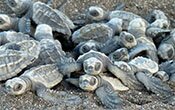
|
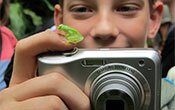
|


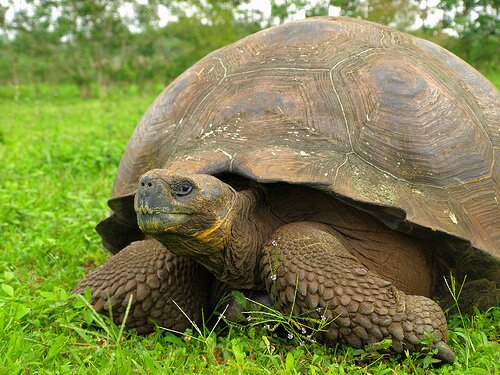
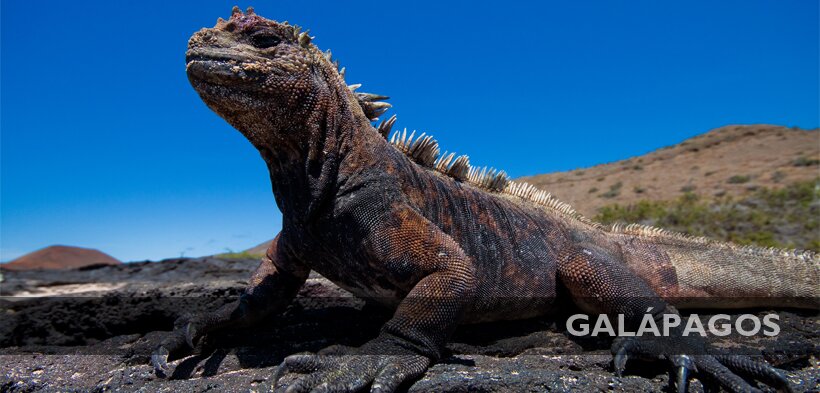
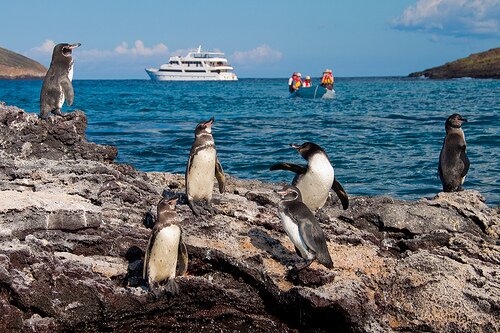

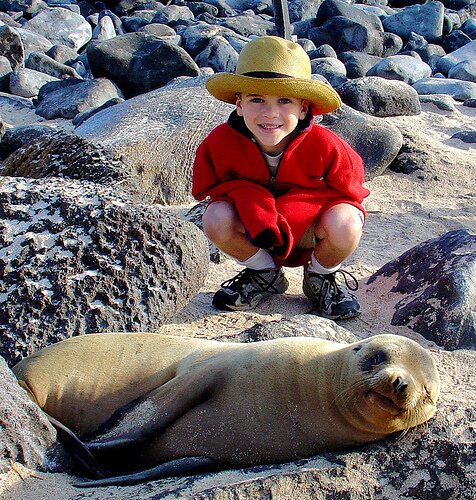


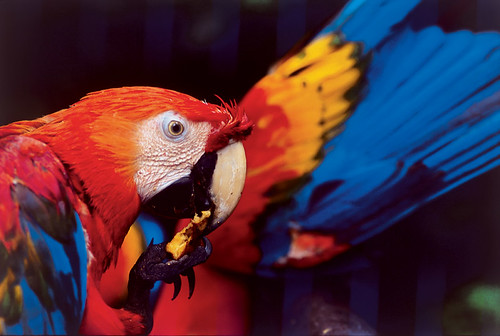



 Q. What about your community education program? Can guests get involved with that, too?
Q. What about your community education program? Can guests get involved with that, too?


 A short drive took us to a charming new small hotel owned by local residents. The hotel is participating in Paso Pacifico's reforestation program and hosts a nursery for native trees used throughout the region. Nicaragua has been hard hit by deforestation, but Paso Pacifico's award-winning program has helped restore more than 1,000 acres of rainforest. This inspirational project not only recovers wildlife habitat, but also helps to create jobs, absorb carbon in the air, and prevent erosion and flooding.
A short drive took us to a charming new small hotel owned by local residents. The hotel is participating in Paso Pacifico's reforestation program and hosts a nursery for native trees used throughout the region. Nicaragua has been hard hit by deforestation, but Paso Pacifico's award-winning program has helped restore more than 1,000 acres of rainforest. This inspirational project not only recovers wildlife habitat, but also helps to create jobs, absorb carbon in the air, and prevent erosion and flooding.
